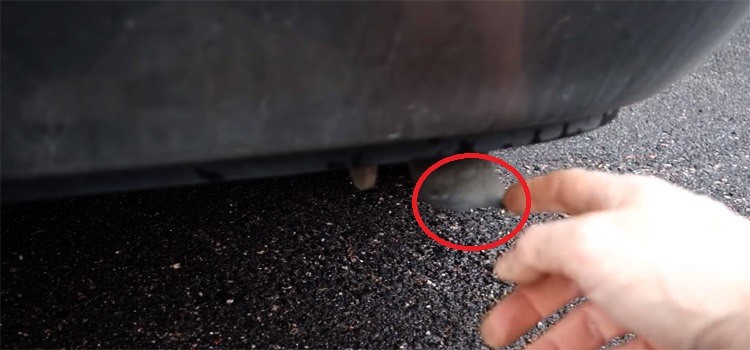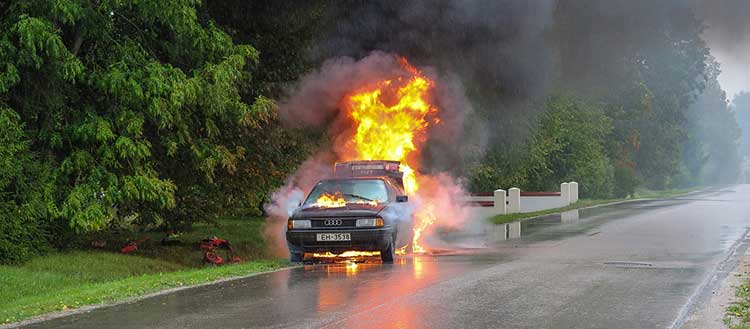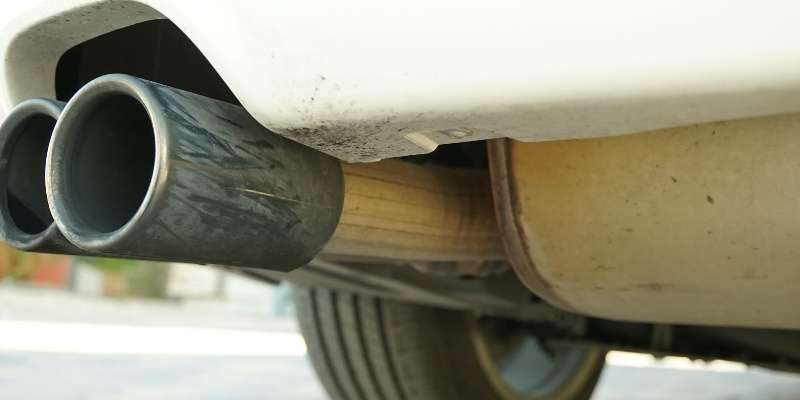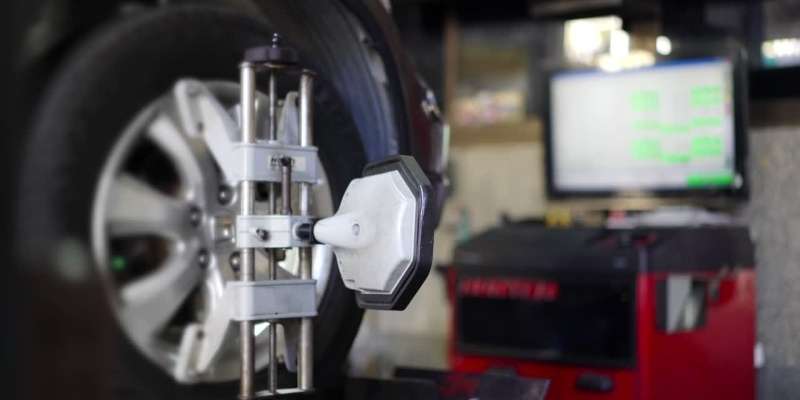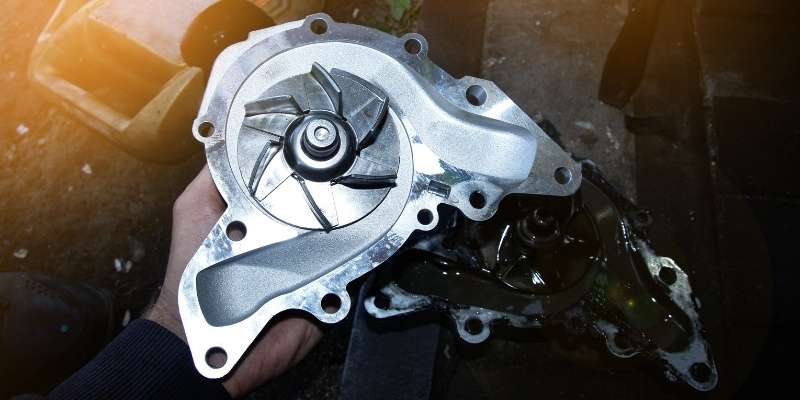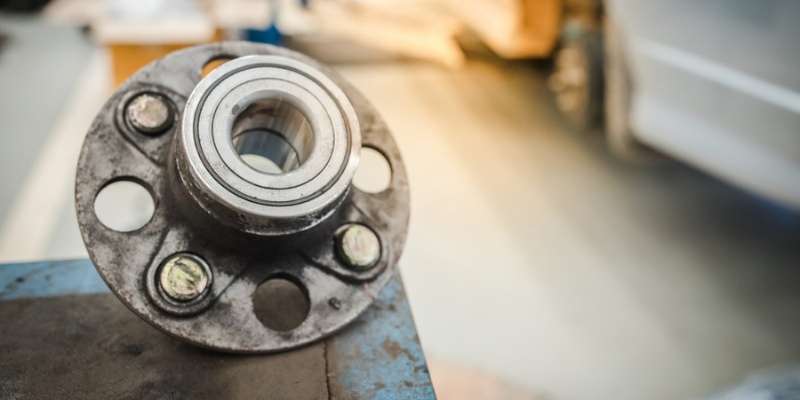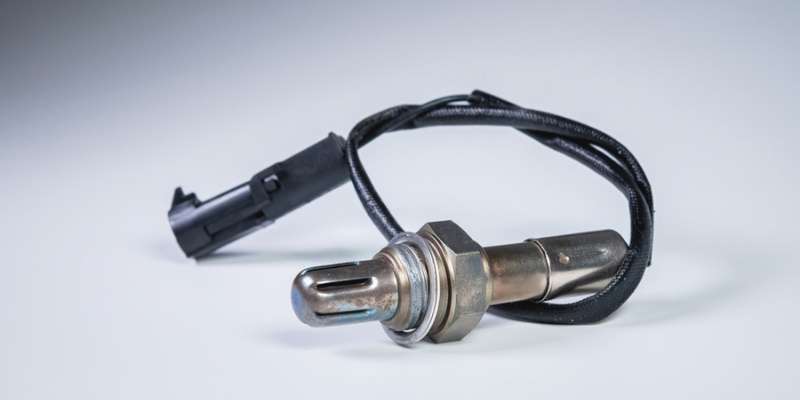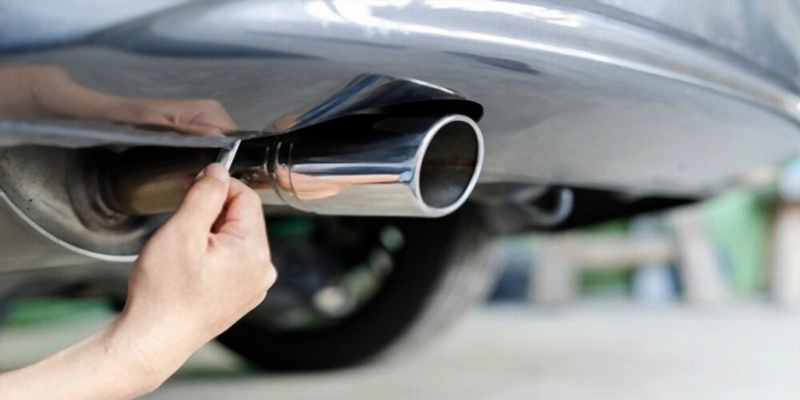A vehicle’s ball joints are vital components of the suspension system. They play an essential role in enabling the steering process.
In that case, bad ball joints will hinder the proper functioning of the steering system.
Imagine engaging your vehicle’s steering wheel without a proper response. Imagine turning the steering wheel and getting a stiff or sloppy feeling. This can be dangerous, especially while on the road.
A bad ball joint replacement cost is relatively inexpensive; hence, it shouldn’t be the reason for managing the risk that comes with such damage.
This article unveils all you need to know about ball joints, including how the components work, the signs of bad ball joints, and the replacement cost.
What is a Ball Joint and How Does it Work?
The ball joint is designed to the similitude to a human ball joint, especially around the hip or shoulder.
A vehicle’s ball joint has a ball and a socket, which enables the component to move freely without any glitches.
The ball joint enables the steering knuckles and the control arms to rotate with each other. This is more like having a ball and a cup, with the ball rotating freely in any direction within the cup.
As you drive on the road, your vehicle’s steering wheels move up and down and eventually remain on the road as they go over bumps.
The ball joints are the components that make this happen.
These components also ensure that the steering process runs smoothly and freely without any hindrance. Without this component, your vehicle will be difficult to handle or control.
It will cause the steering to either move randomly or stiff, as the case may be.
So, technically, a bad ball joint can be a real mess if you don’t check it out immediately.
Driving with worn-out ball joints can seem like sitting on a time bomb. It can result in a disaster when you least expect it.
Signs of a Bad Ball Joint
As you drive, your car’s ball joints will most likely wear out over time. Sometimes, they can go bad due to poor road conditions.
However, identifying the signs of bad ball joints will help you avert the dangers that accompany the fault. Some of the common signs of worn ball joints include the following.
Clunking noise
One of the foremost symptoms of a bad ball joint is the discomforting clunking noise that comes from the suspension component.
The ball joints have a cushioning material that prevents the metal ball from hitting the cup directly.
When this material wears out, the protection between the ball and the cup will be no more.
Hence, as you drive, the ball will move within the cup, hitting the walls at random and producing a metal-to-metal clunking noise.
This noise can be extremely discomforting if it persists as you drive.
Therefore, be sure to contact a professional auto mechanic to check it out and fix the problem as soon as possible.
Misalignment/inconsistent tire wear
Another common sign of a bad ball joint is the impact it has on the vehicle’s front tire. Once you start experiencing uneven tire wear, you most likely have a worn-out ball joint that needs immediate attention.
When either of your car’s ball joints begins to malfunction, it will eventually cause one of the front tires to start to wear out faster than the other.
This is usually due to its inability to move up, down, and turn as expected.
If you’re experiencing this challenge in your car, it would be best to have an expert auto technician diagnose and fix the problem ASAP.
The vibration of the steering wheel
A vibrating steering wheel is yet another obvious sign of a bad ball joint.
Since the ball joints link up with your car’s steering system, when the components start failing, it will impact the steering wheel negatively.
When this occurs, you will usually experience a random vibration from the steering wheel. The worn-out balls can also make the steering wheel stiff or sloppy to control.
This will greatly impact your ability to turn it and control the vehicle properly. If you’ve been experiencing this problem, replacing the ball joints will rectify the steering wheel vibration problem.
Unexpected pull to one side
Unexpected drifting or one-sided pull is one more symptom you will most likely come across with a bad ball joint. This will often occur more at high speed than when driving slowly.
Meanwhile, the uneven tire wear that results from the same worn-out ball joint issue also has a way of impacting the vehicle’s pull to one side.
This unexpected pull can be devastating, leading to severe damage if you fail to fix it immediately.
Recommended Tools for Fixing a Bad Ball Joint
If you’re a DIYer and need to fix your vehicle’s ball joint problem by yourself, some of the following tools will be useful for the job.
- Flashlight
- Floor Jack
- Jack stands
- Lug nut wrench
- Pry bar set
- Wooden blocks or wheel chocks
- Ball joint grease
However, fixing your vehicle’s worn ball joints requires expertise in handling the components and other parts around the suspension area.
Therefore, if you’re not sure of doing a perfect job, kindly contact an expert auto technician.
Replacing a car’s ball joint does not cost a fortune. It is one of the relatively inexpensive components to fix in a vehicle.
So, you may want to consider consulting a professional technician in your neighborhood.
Average Ball Joint Replacement Cost
A vehicle’s ball joint replacement cost is relatively lower than fixing some other parts.
The replacement cost is estimated at around $300. This includes parts and labor costs, respectively. However, parts cost about $100–$150, while labor costs around $150–$200.
Also, it is essential to note that luxury cars or higher-end vehicles with ball joint problems will cost more than other regular vehicles. While a Mercedes Benz ball joint replacement may cost about $400–$750, a Toyota may cost around $220–$319.
Meanwhile, performing the ball joint replacement will cost more at a dealership than at a regular auto repair shop. So, it would be best to consider your budget before choosing a place for your vehicle’s ball joint replacement.
Furthermore, the total cost of repair may be more if you need to fix other related parts besides replacing the ball joints.
So, if you also have a bad steering knuckle or need a multiple (upper and lower) ball joint replacement, you will most likely spend more.
However, in any case, fixing the problems is worth it. This is because driving a faulty car can make you stranded at any time, especially when you least expect it.
FAQs
Can a ball joint affect steering?
How much does it cost to replace worn ball joints?
How long does it take to replace a ball joint?
Do ball joints make a popping noise?
How do I know if my ball joints are bad on my truck?
Spotting bad ball joints in a vehicle is pretty straightforward. Some of the common symptoms of worn-out ball joints include:
- Popping or clunking noise.
- Stiff or sloppy steering.
- Inconsistent front tire wear.
- Car pulling to one side.
If you’re experiencing the symptoms above, kindly contact an expert to diagnose and fix the problem immediately.
Final Thoughts
Now, it is clear that your vehicle’s ball joints are essential components that you must inspect and maintain regularly. The reason is that the components are susceptible to wear and tear over time.
Meanwhile, ignoring a bad ball joint can be dangerous because of its effects, especially when you’re on the road at high speed.
Therefore, if you have a worn ball joint or you suspect a similar fault based on the symptoms you’re currently experiencing, kindly contact an expert auto mechanic as soon as possible.
A ball joint replacement cost is nothing compared to risking more severe damages.


